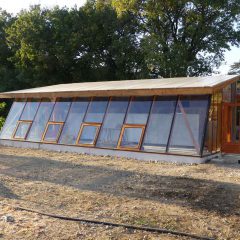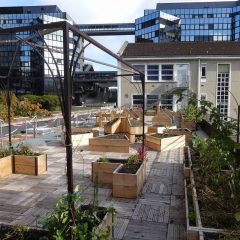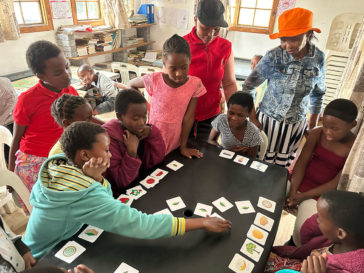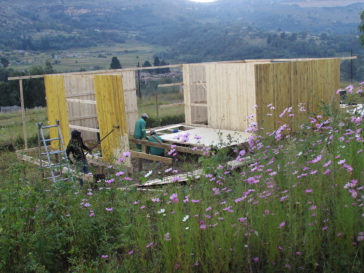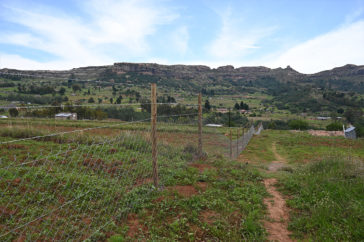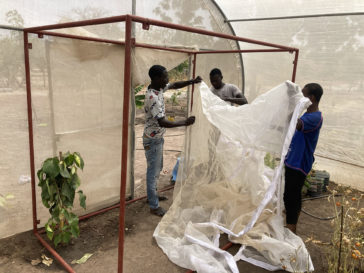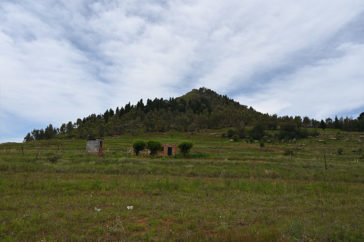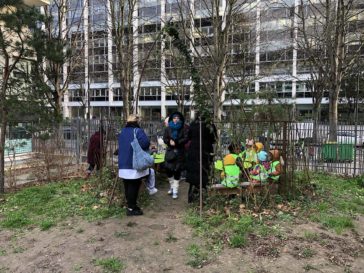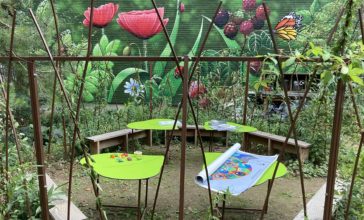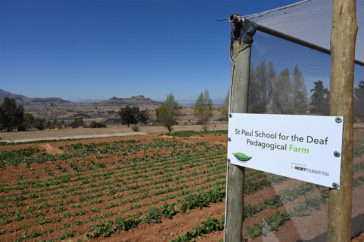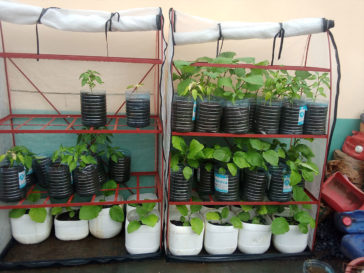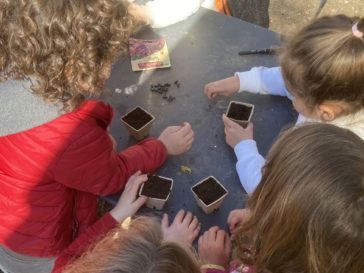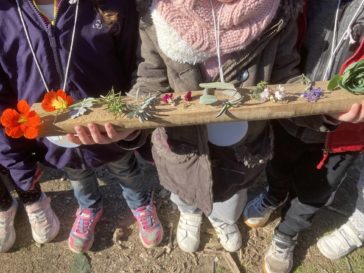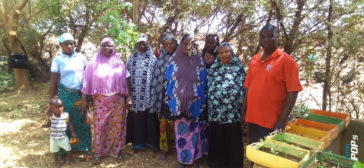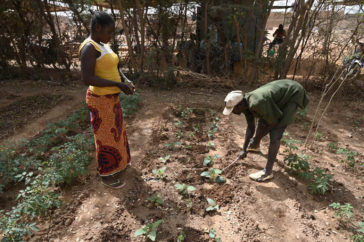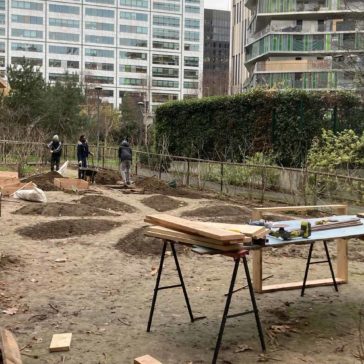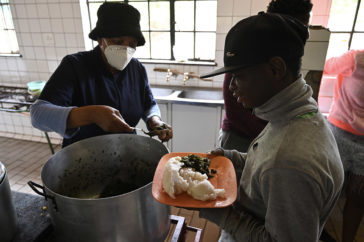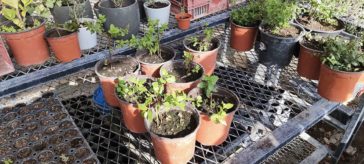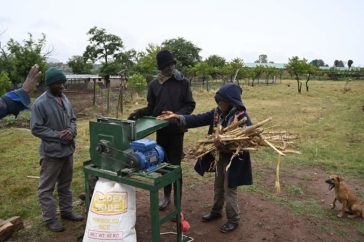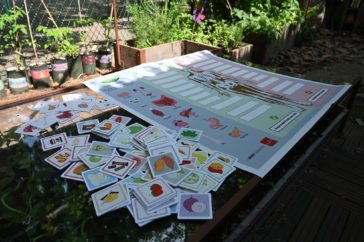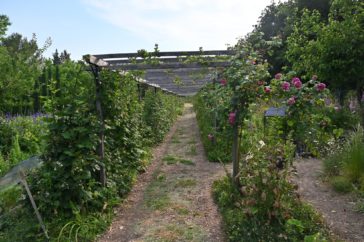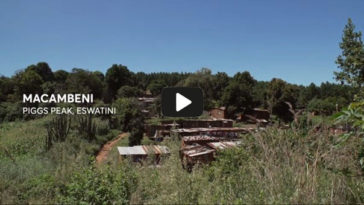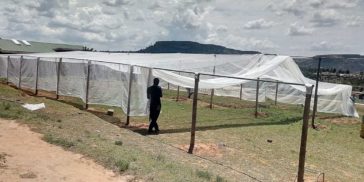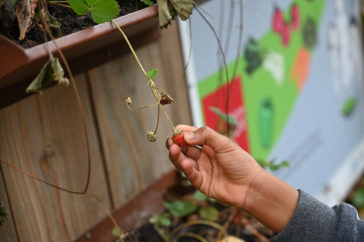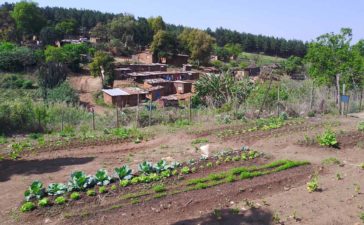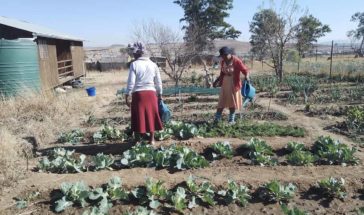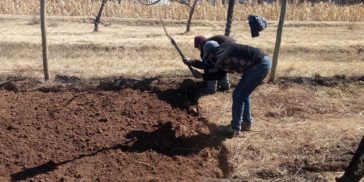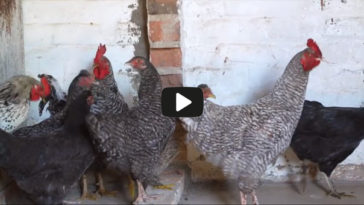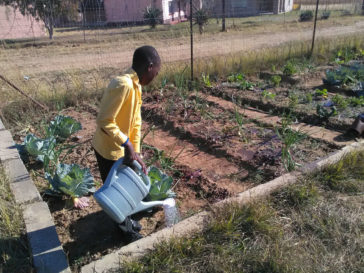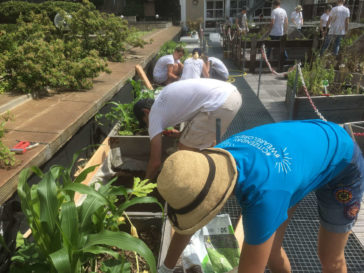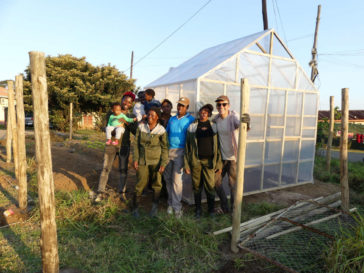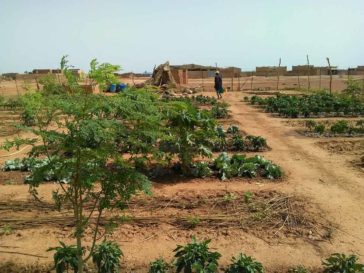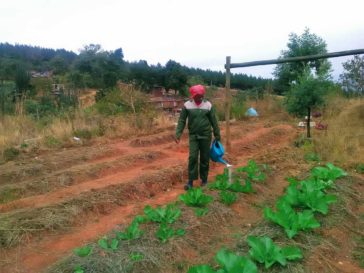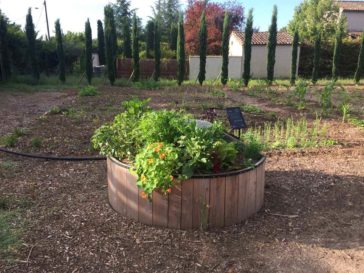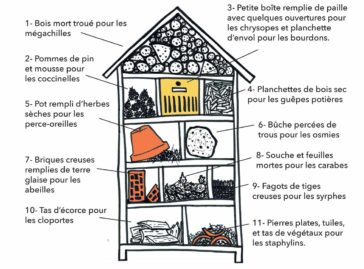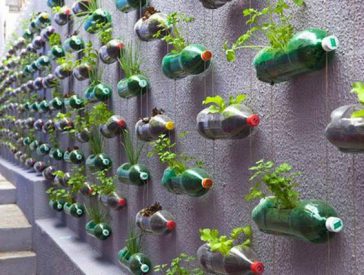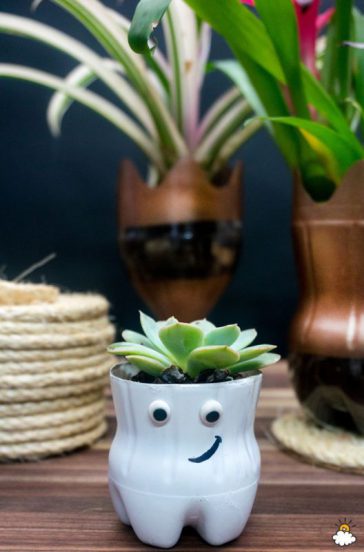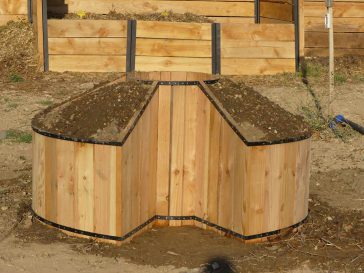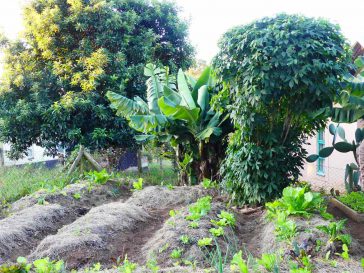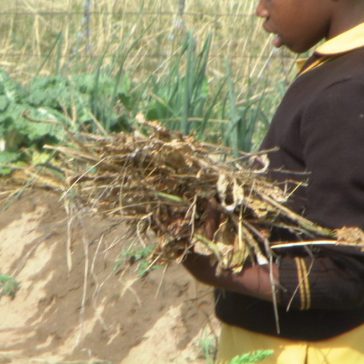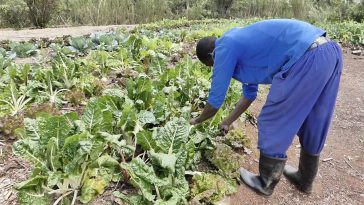Garden of fragrant, aromatic and medicinal plants.
Cultivated since the 7th century in medieval gardens, these plants are used for their aroma, their perfume or their medicinal properties. In the Middle Ages, they were called “simples”. These are plants, used either in dried form or in the fresh state, which have medicinal properties depending on the part selected (leaves, stems, flowers, seeds, roots).
The perfume plants are mainly cultivated for their use in perfumery (absolutes, concretes, essential oils, oral water, …), in cosmetics (essential oils and floral water) and in food (floral water). Their essence does not always diffuse naturally, and may require some preparations. The essences extracted come from leaves, stems, roots, flowers or even bulbs.
Sometimes called “herbs”, aromatic plants are edible plants with fragrant leaves that enhance the taste of dishes. Some of them are also used in beneficial herbal teas (lime, verbena, thyme, rosemary, …)
Plants present at Le Grand Potager
Food use:
Absinthe, Artemisia wormwood, Arquebuse aurone wormwood, Armenian mugwort, Archangel angelica, Borage, Nasturtium, Chrysanthemum, Fennel & bronze, Hibiscus sabdarifa, Lemon balm, Bergamot mint, Mint cock, Mertensia, Fistula monard, Turkish oregano, Oregano carnation Crete, Purple Perilla ‘Shiso’, Sweet Pea, Licorice, Rhubarb, Common Rosemary, Santoline Grise, Green Santoline, Blackcurrant Sage, Tagetes of Mexico, Thyme.
Perfume plants:
Cornflower, Roman chamomile, Geranium rosat, Lavender fine, Lavandin.
Medicinal use:
Yarrow, Aloe vera, Pink poppy, Common comfrey, Purple echinacea, Escholtzia, Marshmallow, Mallow, St. John’s wort, Nettle, Evening primrose, Wild pansy, Sage sage, Clary sage, Sage officinale, Marigold, Common tansy, Valerian officinale.
Other Plants:
Poppy Roheras, Russian comfrey, Wheat Nielle.




